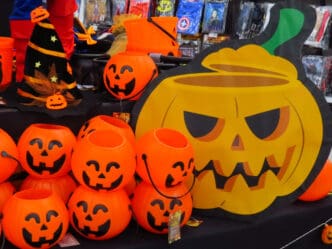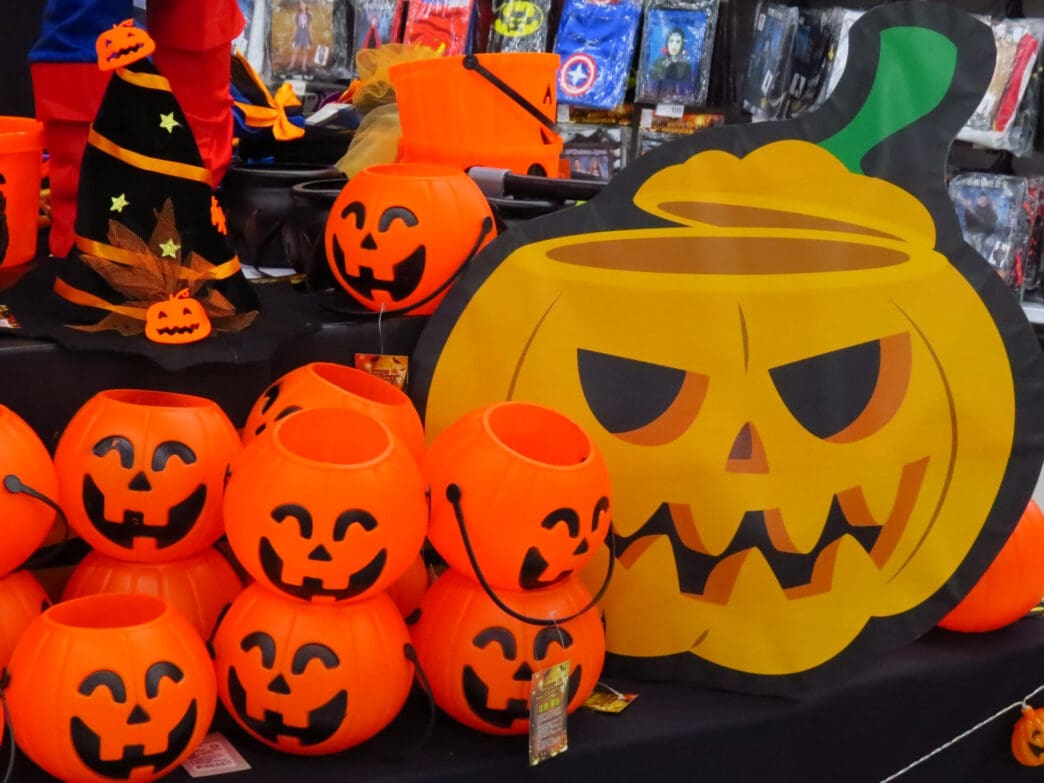Executive Summary
The Story So Far
Why This Matters
Who Thinks What?
The US Halloween industry is facing significant financial challenges this season due to tariffs imposed by the Trump administration on Chinese imports. Businesses are absorbing hundreds of thousands of dollars in tariff costs, leading to layoffs and an expected increase in consumer spending, with shoppers projected to pay a record $114.45 per person, an increase of $11 from last year.
Industry Impact and Business Strain
Chris Zephro, co-founder of Trick or Treat Studios and Treasurer of the Halloween and Costume Association, reported paying upwards of $800,000 in tariff costs this year. This financial burden forced him to lay off 15 employees, marking the first time in his company’s 15-year history.
The Halloween and Costume Association estimates that approximately 90% of Halloween products contain at least one component manufactured overseas, predominantly in China. The Trump administration initially increased US tariffs on most Chinese goods from around 20% to 145% in April, before reducing the rate to 30% in May. These fluctuating rates led many importers to halt production orders due to prohibitive costs, resulting in tighter inventory for the current Halloween season.
Consumer Costs and Retail Adjustments
Consumers are directly affected by these increased costs. A National Retail Federation (NRF) survey indicated that 79% of Halloween shoppers anticipate higher prices this year. Importers like Zephro typically absorb 60% to 70% of the initial tariff cost, passing the remainder to retailers, who then must decide how much to charge customers.
Ryan Goldman, owner of Phantom Halloween, noted that costumes are likely to cost customers an additional $5-10 this year. He aims to maintain prices for children’s costumes while increasing those for adult costumes. Items produced outside of China, such as latex masks from Mexico or makeup from Vietnam, India, or the U.K., are less affected by these tariffs and may not see significant price increases.
However, both Zephro and Goldman have decided against ordering certain products due to prohibitive import costs. Goldman skipped large, complex props and decor, while Zephro ceased production on a series of action figures, deeming them unsellable at higher price points.
Administration’s Stance and Industry Response
The Trump administration maintains that the tariffs are part of a strategy to “level the playing field, address fentanyl smuggling, and restore American Greatness.” White House Spokesman Kush Desai stated that “rising real wages, historic trade deals, and trillions in investment commitments to make and hire in America prove that President Trump’s America First agenda is paying off for the American people.”
Conversely, industry figures argue that these policies harm US businesses. Zephro emphasized that tariffs are ultimately paid by importers and that his company, like many others, relies on overseas factories because domestic manufacturing faces significant infrastructure costs, regulatory burdens, and raw material availability challenges. The Halloween and Costume Association echoed these concerns, highlighting the particular vulnerability of smaller manufacturers.
Outlook for Small Businesses
The stress of tariffs is impacting all facets of the Halloween industry, particularly small and medium-sized businesses. Zephro argued that for manufacturing to return to the US, policies should incentivize, rather than penalize, companies for utilizing existing overseas production capabilities. Goldman, whose family business has navigated decades of economic shifts, noted that tariffs add another layer of financial strain on families already contending with inflation.
The tariffs have created a complex economic landscape for the Halloween industry, forcing businesses to adapt by laying off staff, adjusting product offerings, and passing on some costs to consumers. While the Trump administration maintains the tariffs support American economic growth, industry stakeholders emphasize the immediate financial strain on US-based importers and retailers.








